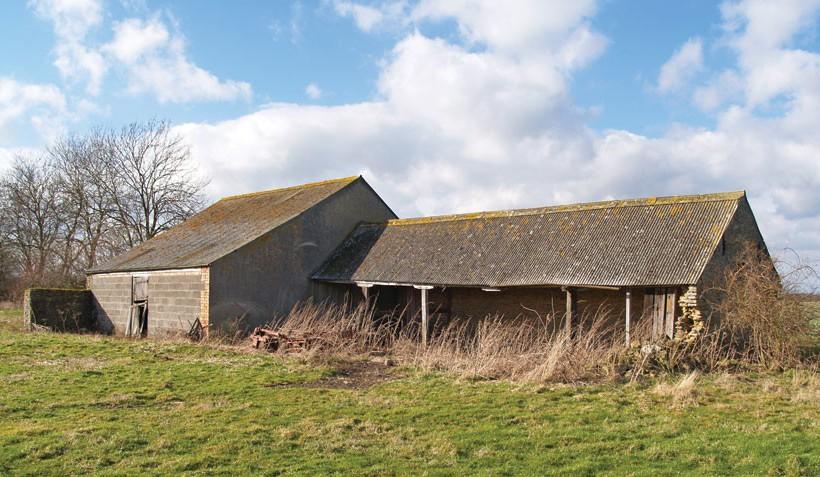
What is underinsurance?
Underinsurance essentially is where you have insured for less than the true value of what is being insured. It is a common mistake but a costly one, determined by the ‘condition of average’ clause, which you can read about here.
How does underinsurance occur?
A building should be insured for the amount it would cost to rebuild it to its former state if it were to be completely destroyed (this includes the cost to clear and remove debris, have plans drawn up, and local authority and professional fees, amongst other items), and not for the amount that it is worth on the market; this is where many go wrong. That, along with property rebuild valuations not being conducted as often as they need in a world of ever-rising costs can lead to underinsurance.
With the costs of building materials and construction having risen considerably due to the impact of the Covid-19 pandemic, inflation and the ongoing conflict in Ukraine, the chances of underinsurance are even greater; the cost of rebuilding a property may now be much higher than you would have previously expected, and this must be taken into consideration. As alluded to earlier, a rebuild valuation is often a good way of establishing an accurate sum insured, which we provide further detail on below
What are the consequences of my building being underinsured?
Most commercial insurance policies contain an Average Clause/Condition of Average, which allows insurers to proportionately reduce claim payments where underinsurance has occurred (this can apply to Buildings, Contents and Business Interruption covers). In other words the clause is used to calculate the settlement of a claim where the policy undervalues the actual value of what is insured. In the event of a loss, the amount paid for a claim will be proportionate to the value of the underinsurance.
For example, let’s say you have a building that you have insured for £100,000 and you suffer a total loss on it. When the claims process begins and the surveyor declares that building would actually cost £200,000 to rebuild, you will have underinsured your building by 50%. Then, once the condition of average is applied, the maximum pay out you could receive for a claim would only be £50,000 – not ideal when you need to rebuild a £200,000 building!
How can I make sure that I have adequate cover?
When it comes to your buildings, we recommend using a RICS approved surveyor to obtain an accurate valuation for your property. Remember, you need to know the rebuild value of your property, not the market value! You can now also purchase a desktop valuation which is completed online and can be more affordable than an in-person survey. We have teamed up with RebuildCostASSESSMENT.com who, regulated by RICS, provide desktop Rebuild Cost Assessments to help guide you on how much you should be insuring your buildings for. RebuildCostASSESSMENT.com prices start from as little as £180 but we’ve negotiated a special discount to get £20 off when placing an order online. Please speak with us if this would be of interest.
Contents cover is also subject to the average condition, so when insuring your contents we recommend insuring them for their replacement value, not what you originally purchased them for. Most policies will insure on a ‘new for old’ basis, meaning that insurers will replace damaged, lost or stolen items with brand-new products of the same value. This means you won't lose out financially if your items have depreciated in value over time.
*Source: rebuildcostASSESSMENT.com
For more information please visit our Insurance resources >
If you have any further questions about insurance or would like to speak to a member of our team about an insurance review for your community garden, city farm or care farm, contact McClarrons Care & Social Welfare Team on 01653 600477.
 English
English Cymraeg
Cymraeg